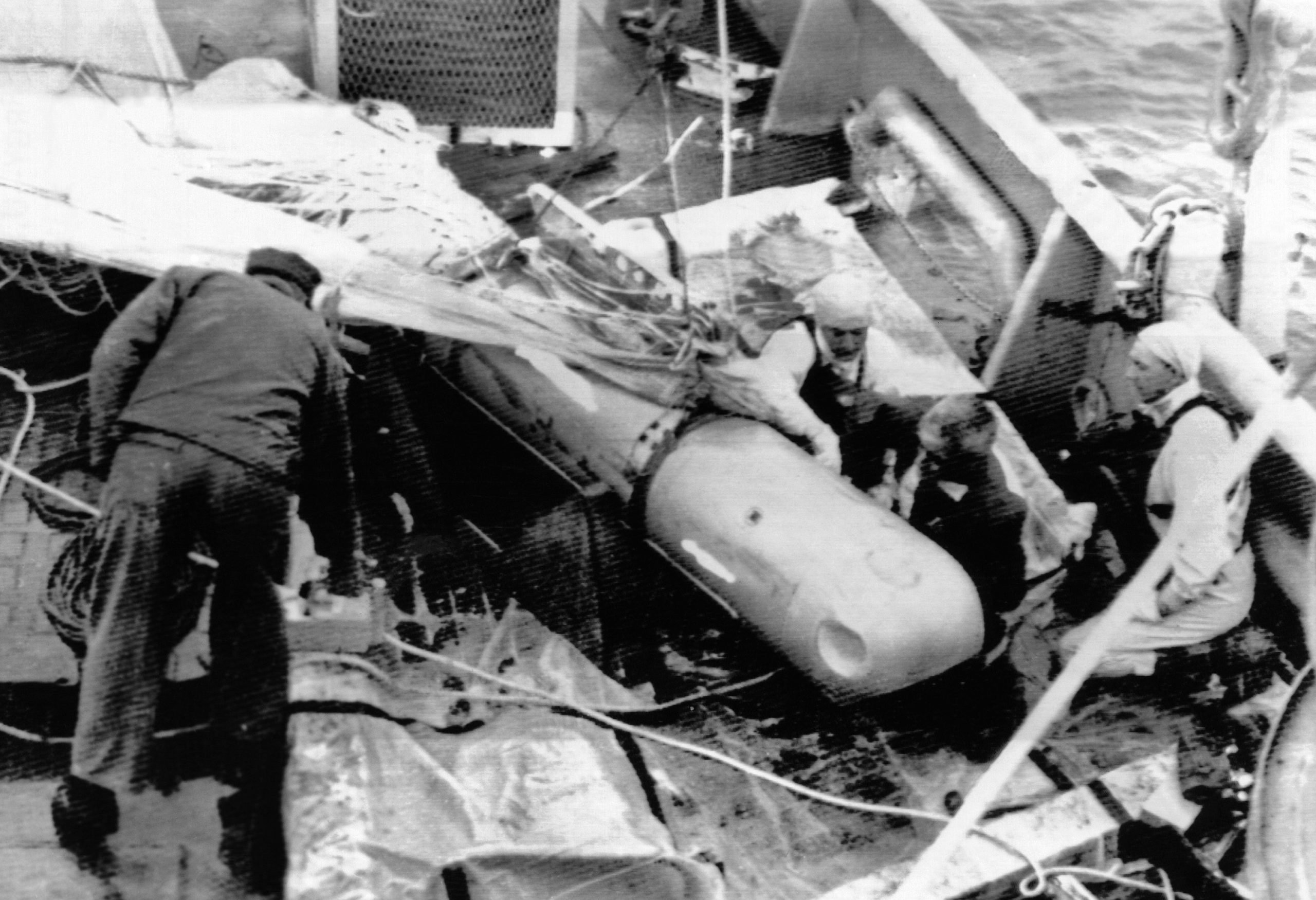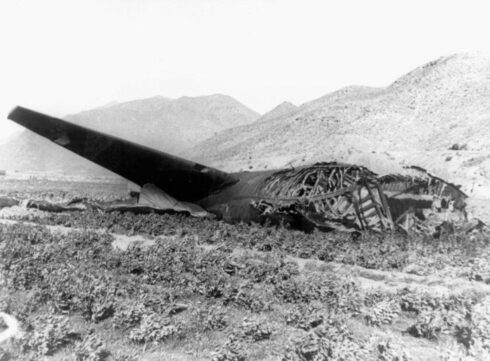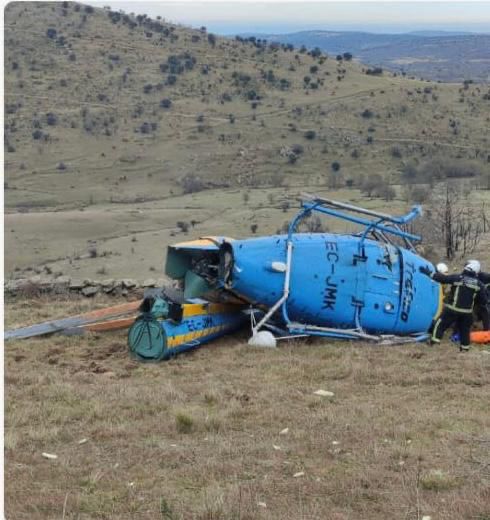THE Spanish government has formally requested the United States to remove soil contaminated with radioactivity after a mid-air collision saw four hydrogen bombs fall close to Palomares in Almeria province in 1966.
Though the bombs did not explode, plutonium-filled detonators on two went off, spreading several kilos of highly radioactive plutonium 239 across the landscape.
So far, a total of 50,000 cubic meters of contaminated soil has been scattered across several plots of land covering about 40 hectares, which was fenced off in 2007 due to high levels of radiation.

The government has since been renting the land from its owners to keep it protected and now hopes to expropriate it.
The El País newspaper says Spain’s request was presented several months ago and that American reaction so far had been positive.
It also suggests the Spanish government wants to resolve the issue ahead of this year’s general election.
Spain and the U.S. signed a statement of intent in 2015 to negotiate a binding agreement to further restore and clear up the Palomares site and to arrange for the disposal of the contaminated soil at an appropriate site in America, but nothing has happened since then.
The bombs fell on Jan. 17, 1966, when a U.S. B-52 bomber and a refuelling plane crashed into each other, killing seven of 11 crew members.
There were no casualties on the ground.
The accident happened during the height of the Cold War when it was U.S. policy to keep nuclear-armed warplanes in the air constantly near the Soviet border as part of Operation Chrome Dome, with flexibility to quickly strike targets if required.
The Palomares crash caused a serious diplomatic crisis between Spain and the U:S: and all such flights were stopped across Europe and the Mediterranean.
READ MORE:
- Remembering the Palomares hydrogen bomb accident of 1966
- Fury as British developer to build on radioactive land in Spain’s Almeria
- USA agree to clear up Palomares nuclear waste 50 years after disaster










